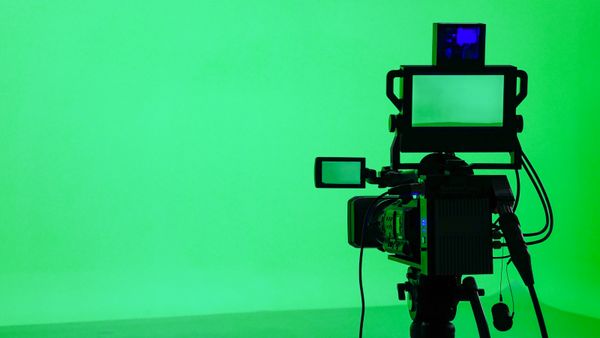This effect is amazing to watch! In one commercial, a horse stops in mid-air and the camera pans around it. In "The Matrix," the technique is used just four different times, but it is so startling that it leaves an impression over the entire movie.
In the commercials and in "Lost in Space," a simpler technique is used. A collection of still cameras (for example, 30) is set up around the object. At the moment when the action should freeze, all 30 cameras fire at once. The images they capture are played one after another to show the rotation.
Advertisement
In the movie "The Matrix," the filmmakers use an extremely sophisticated technique to accomplish much more advanced effects. Not only does the rotation occur, but the actor is also moving in slow motion during the rotation (see the first link below for three extremely nice full-motion demos). At least five different special-effect techniques are combined to create the final image:
- A large number of still cameras capture the scene, but they fire sequentially around the actor rather than all at once.
- The cameras shoot the actor on a green-screen background (see How Blue Screens Work for details on this technique).
- The actor is wearing a wire suspended from the ceiling so that he can fall only part-way or appear to float in mid-air.
- Once the scene is shot, software similar to morphing software interpolates between the images to allow the slow-motion feel. The filmmaker can therefore slow down or speed up the action at will.
- Computer-generated backgrounds are then superimposed onto the film.
If you watch the videos in the first link below, you will see that the images that the still cameras capture are very rough. The wire is visible, as are all of the other cameras in the scene. A technician deals with all of these imperfections one image at a time using a computer and digitized versions of the images. Once the still images are perfect, the morphing software interpolates between them. Then the background images are laid into the green area. A technician has to build a complete 3-D computer model of the computer-generated scene and then key the rotation through this scene to the position of the camera in each frame of the film.
Advertisement

